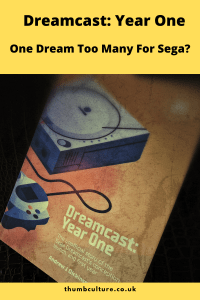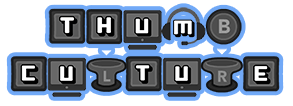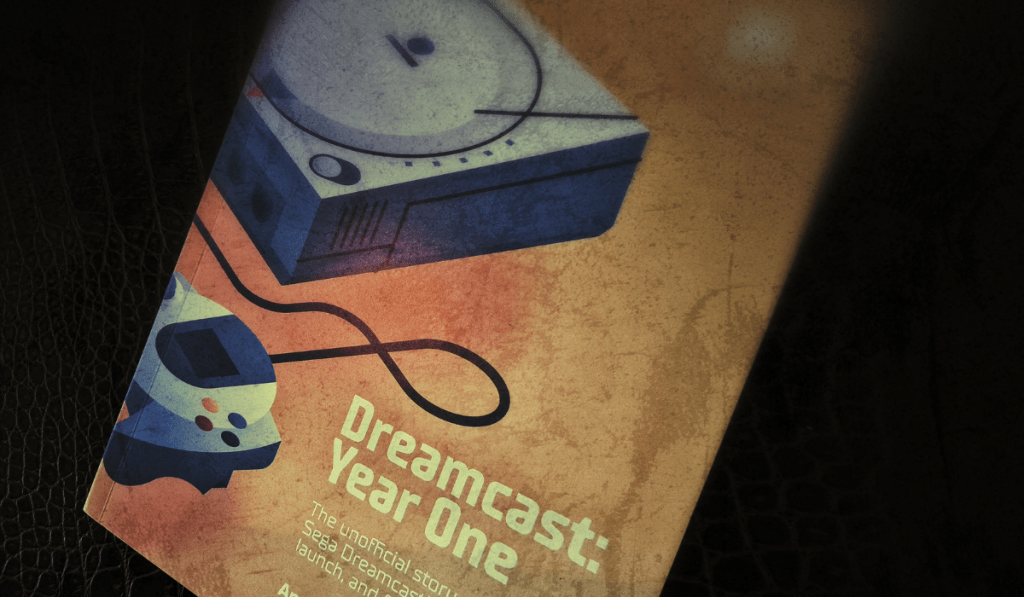
The Dreamcast, Sega’s final console entry into the gaming market. It was the first of the sixth generation and entered in 1998, while the fires of the two-year-old Nintendo N64 and Sony’s four-year-old PlayStation were still roaring hot. We wouldn’t see another console release until the PlayStation 2 in 2000.
Discontinued three years later, a year after the PlayStation 2. In its relatively short lifespan, the Dreamcast gained a dedicated following and sold over 9 million units. So what happened? Did Sega release it too early to make up for the shortcomings of the Sega Saturn? Was the technology dated when compared to its competition? Or was it simply just one dream too many for Sega? Let’s take a look at the first year of the Dreamcast with Dreamcast: Year One
The Unofficial Story Of The Sega Dreamcast’s Conception, Launch And First Year
Dreamcast: Year One was written by Dreamcast fan site writer and long-time Resident Evil fan Andrew Dickinson. Upon discovering the book PlayStation Vita: Year One written by Sandeep Rai (who writes the foreword in Dreamcast: Year One), he wanted to take his passion and do the same thing. Following a successful Kickstarter campaign with over £7000 pledged from over 500 backers, Andrew had everything he needed. So what did we think?
If you liked this article, you can find more retro reviews and features here, and catch up with us on Twitter here.
Presentation
When I received Dreamcast: Year One I was pleasantly surprised with how it looked and felt. What turned up was an unassuming little package with the lovely pastel minimalist artwork of Erik Pavik on the cover. This theme remains consistent throughout the book. For an A5 sized paperback, it felt really good quality with 104 glossy pages of Dreamcast goodness. The layout was clear, concise, and considerably detailed for this compact literary collection.
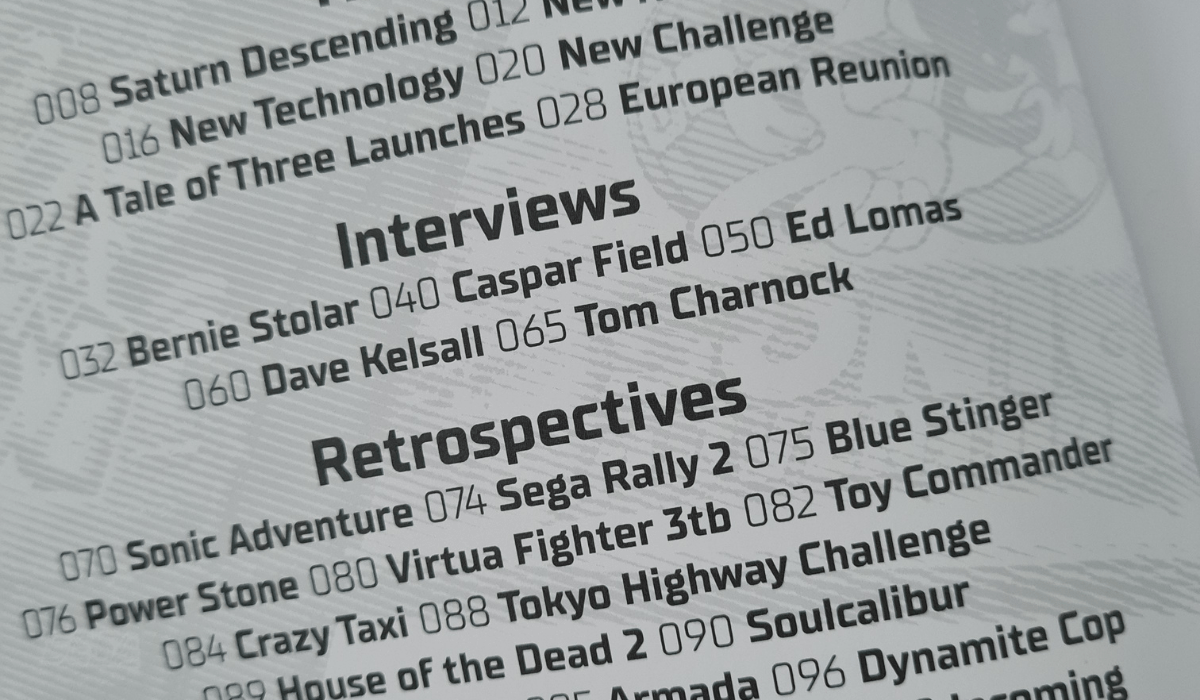
What we have inside is split into 3 main sections – The Story, Interviews, and Retrospectives. This is then closely followed but a library of games released within the Dreamcast’s first year.
The Story
Here we have a rather insightful chapter on things leading up to the release date 9.9.99, and beyond. It speaks specifically about the downfall of the Saturn after its flagship system, the Mega Drive. Talking about the gaming industry in general and how it had to deal with many challenges.
Challenges not just restricted to a marred reputation, but to that of the competition as well as marketing strategies. For example, Sony reducing the PlayStation down to £79.99 in response to the Dreamcast’s UK launch. Wow! It is also interesting to touch on new tech such as the VMU; the Visual Memory Unit that would slot into the controller like a cartridge that was portable and in some cases served as a mini handheld console itself.
This all serves as an interesting read for people interested in gaming history in general, as well as Sega connoisseurs alike.
Interviews
Here Andrew has a chance to get a better insight into the Dreamcast from the people who were around at the time. Andrew speaks with various people from physical publications, the founder of the fan site he writes for called The Dreamcast Junkyard Tom Charnok. But, unquestionably the big interview here is with Bernie Stolar. Bernie was the President of Atari in the early 90s. He was then later president of Sega of America right up until the release of the Dreamcast before moving on to Mattel.
I found these interviews to be highly informative and engrossing to hear first-hand accounts of the triumphs and challenges surrounding the short-live console. There are two sides to every coin, and as so I think more could have been said regarding the negatives of the Dreamcast. Though, with these interviews with die-hard fans, it is easy to see why the Dreamcast gained such a cult following.
Retrospectives
Undoubtedly my favourite part of the book. The Retrospectives chapter is a deep dive into some of the notable releases within the first year of the Dreamcast. Some of these Retrospectives have been contributed by fans who paid the “More Than A Dream” pledge tier. These are more than an overview where you can expect to learn a thing or two about a particular franchise.
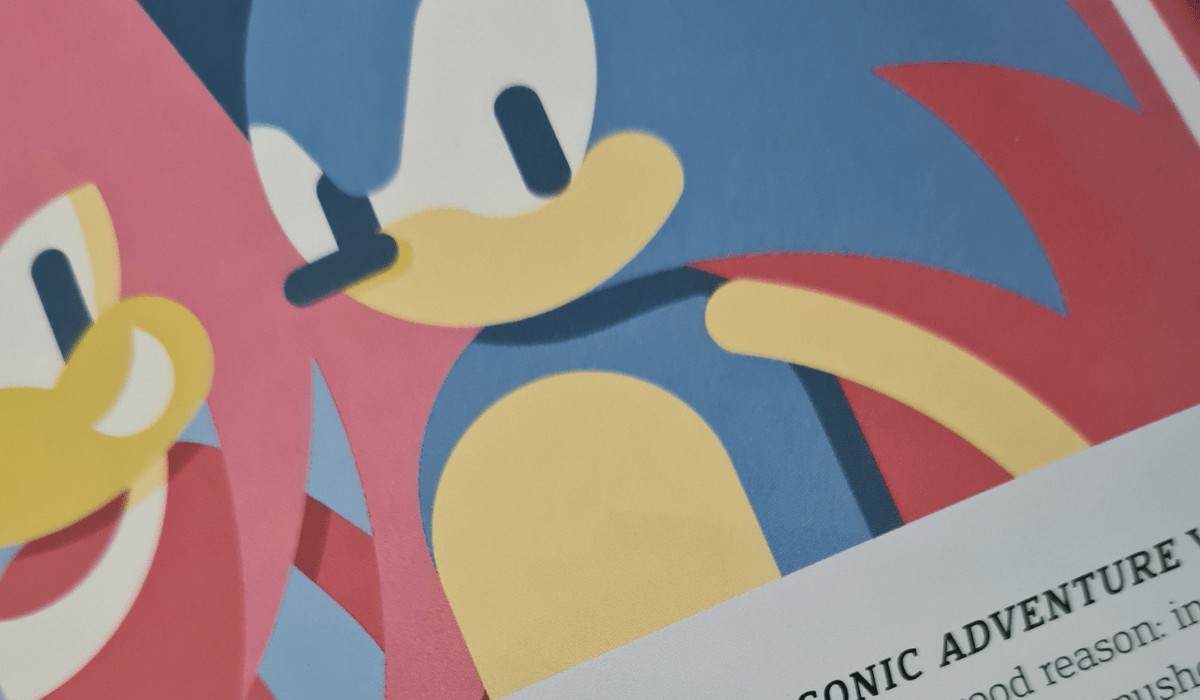
The games covered in the Retrospectives are;
- Sonic Adventure
- Sega Rally 2
- Blue Stinger
- Power Stone
- Virtua Fighter 3tb
- Toy Commander
- Crazy Taxi
- Tokyo Highway Challenge
- The House of the Dead 2
- Soulcalibur
- Godzilla Generations
- Armada
It then proceeds to finish up with a catalogue of games released in year one with all the relevant artwork, developer, and release data.
Interview With The Author
I was fortunate to catch up with Andrew for a little Q&A. Here’s what he had to say.
TC: Can you tell me a bit about yourself, please? How gaming is for you and why you chose to write about it?
Andrew: I really got into gaming in my teens, after discovering PlayStation and Resident Evil. I played games before then (we had a NES and then a SNES growing up, and me and my siblings loved Mario), but I didn’t class myself as a gamer until I became a Resident Evil fan. It was that franchise that eventually led me to the Dreamcast and the rest is history, as they say!
I started writing for a fan site in 2000, right through to the final releases. After that, I went to uni, got a job, and lived my life, but always with a love of gaming and especially Dreamcast. In recent years I suffered from anxiety and depression, and after some therapy, it became clear that I needed to do more things that I loved when I was younger.
Around the same time, I discovered the book ‘PlayStation Vita: Year One’ by Sandeep Rai and realised how well the format would suit the Dreamcast, and after talking to Sandeep I decided that I wanted to take my passion for gaming and the Dreamcast and use it to create a book in the same vein. And here we are!
TC: Is this your first foray into literature? And you explain your inspiration to write in your book, please can you tell us why exactly you picked the Dreamcast when there are other well-known consoles out there?
Andrew: I’ve not written a book before, and the writing that I have shared before this was mostly limited to the fan site I worked on as a teen. I’ve always enjoyed writing though and decided it was something I’d like to do. I chose the Dreamcast because it means the most to me. Sure, there are many other excellent consoles out there, but this one came at an important time in my life and helped to shape who I am as a gamer.
The fact it was an underdog with amazing experiences very few people got to see at the time, and was discontinued so early in its life cycle, helped to cement it in my mind as my favourite console of all time. Over 20 years later, this is still true. What’s more, there’s a very interesting and unique story to tell about its life (and death).
TC: How long did it take to achieve your Kickstarter goal and what time frame did you allow yourself?
Andrew: I set the Kickstarter up as it seemed the best way to fund a project like mine, while also figuring out if the interest was even there for it. I’ve backed many a project myself, and 4 weeks seemed like the optimal time, so I set my project up with 4 weeks to reach its goal. In the end, it took about 3 weeks to reach the £6000 target, which was possibly the most stressful 3 weeks I’ve had! I was convinced at one point it wouldn’t fund at all. In the end though, we funded and then some, which was absolutely amazing!
TC: What challenges did you face and what was the most difficult part about writing Dreamcast: Year One?
Andrew: My biggest challenge was life getting in the way, really. At the time I was studying and working, but throughout the process, I eventually ditched my course and was also made redundant from my job. It was an interesting period in my life!
I was lucky to have some great people helping me out, for instance, my editor Matt Gardner (@GameTripperUK). He helped guide me through the process, considering I had never written a book before and put up with some of my wilder ideas! The most difficult of which ended up being the library section at the back. I decided to not only list every game that released from launch to the 31st March 2000 but also to list all the release dates in the EU, America and Japan. The issue there was that a lot of games had no solid release dates over here or conflicting ones. It took me a lot longer than anticipated to complete that section, and even up until the end I was doing additional research and making changes to it!
Other than that, shipping the books was a nightmare. I don’t drive and chose to handle shipping myself for the campaign. I posted around 500 books to places all over the world. Preparing parcels and taking them in batches down to the post office was hard work! Luckily I had the time back then to do it as I was out of work, but even then it took up a huge amount of my time for over a month!
TC: Lastly, how troublesome (if at all) was it to obtain interviews with some remarkable people in Dreamcast: Year One?
Andrew: Oddly it wasn’t really troublesome at all. I had briefly spoken to Tom Charnock of The Dreamcast Junkyard in the past and decided to reach out about the book. He was very much up for it, and little did I know that within a year I’d be part of the DCJY team and friends with him!
My very first interview though was with Caspar Field. I had done some research and knew I wanted to speak to people from the magazines of the time. It turned out that Caspar was living in the same town as me, and at the time was CEO of Wish Studios (who made PlayStation games like That’s You! and Knowledge Is Power). I reached out, and he agreed to meet me in person. I took old issues of DC-UK and a dictaphone, and met him in an ice cream parlour of all places! He came to meet me on his lunch break, and we ended up chatting for well over an hour. He ended up introducing me to Ed Lomas, who in turn introduced me to Dave Kelsall.
When it came to Bernie Stolar though, that was all thanks to a Kickstarter backer who got in touch during the campaign. This was a guy called Jordan Freeman, who loves the Dreamcast too and works with Bernie. Before I knew it I was in contact with the Sega legend, and I’d made a friend in Jordan.
Starting this book has taken me on quite the journey really. It’s allowed me to meet new people, get involved in podcasting, and go on to create a second book. I’m very grateful for that, and all the people who helped me get to where I am now!
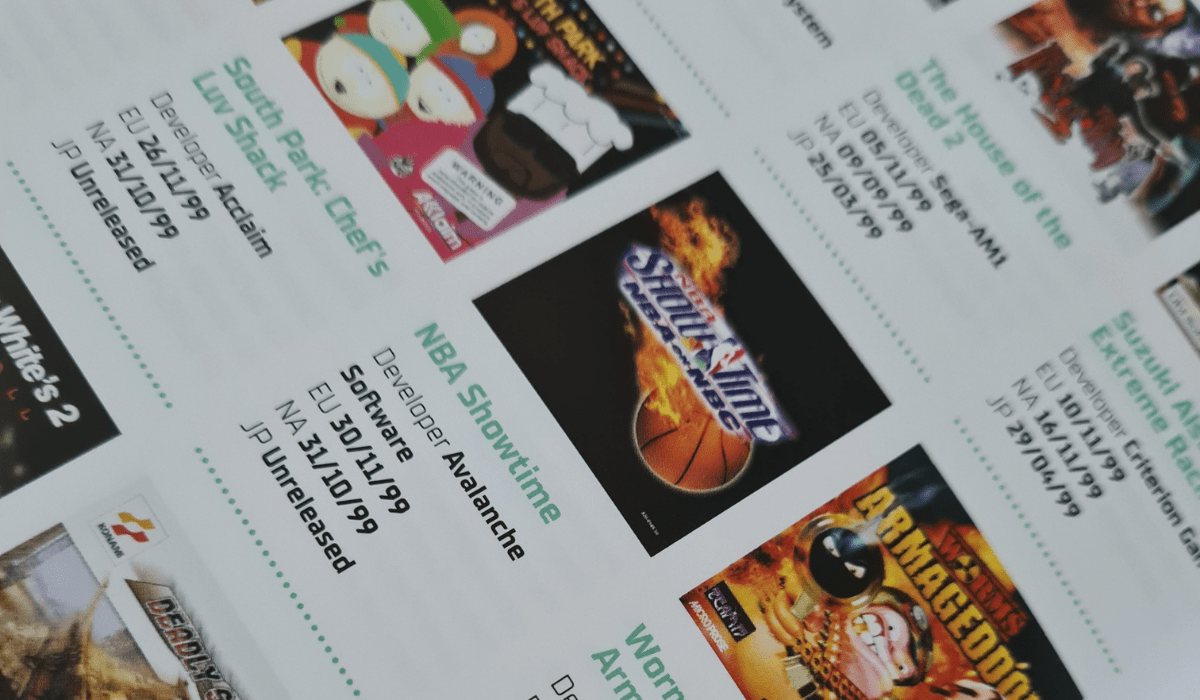
Final Thoughts
Overall, I feel that Dreamcast: Year One is a heartfelt love letter to one of the most underrated consoles. It remains on my leatherbound coffee table not just because it looks good there, but it is great reading and reference material that I often refer to if I am to write anything Dreamcast related. It is a little on the short side, but that may be fleshed out with the release of Dreamcast: Year two which is already 199% funded. Either way, I am very excited for the next installment.
You can get your hands on a copy of Dreamcast: Year One here, and also check out Dreamcast: Year Two. Again I would like to thank Andrew for sending us the book and allowing us time to interview him. You can check out Andrew on Twitter here where he tweets all kinds of lovely Dreamcast stuff.
I award Dreamcast: Year One the Thumb Culture Gold Award

Disclaimer: A copy of the book was received in order to write this review.
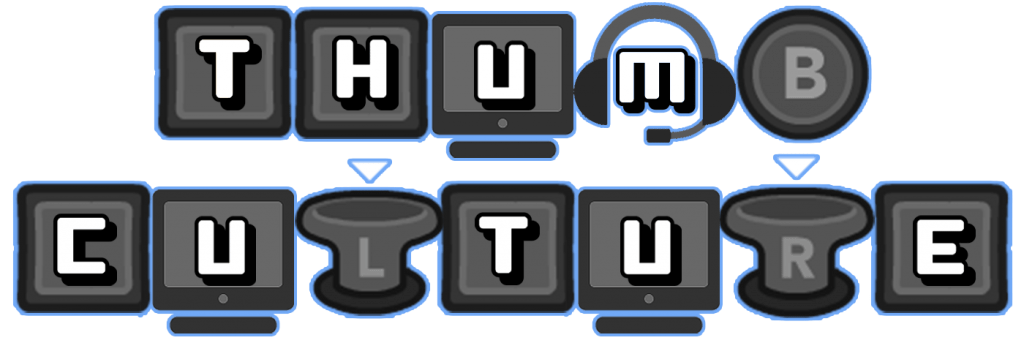
YouTube | FaceBook | Twitter | Instagram| Twitch | Discord | Podcast
